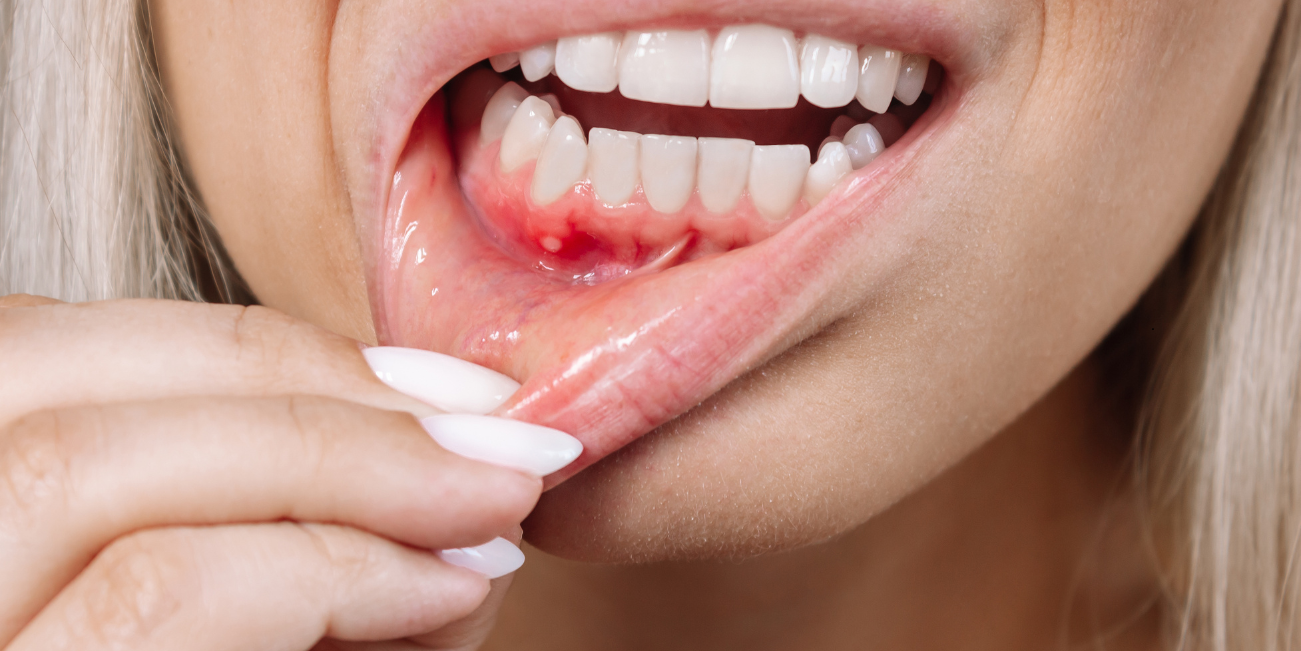Vaginal yeast infections are the most frequently occurring infections in women where Candida commonly affects women of childbearing age, i.e., those who are menstruating. Up to 75 out of 100 women experience these infections once in their lifetime, and 45% get it multiple times a year. For almost all patients, these infections are non-invasive and easily manageable.
Common problems like these require common solutions. So why drive farther when you can find the treatment in your kitchen? Yes, right into your refrigerator! Pick up your jar of “Yogurt” because it is the best and safest method to treat mild yeast infections in women. But “What Yogurt is Best for Treating Yeast Infection?” My answer is to grab a plain, unsweetened yogurt jar containing Lactobacillus acidophilus. But where to find that? What brands of yogurt are good for treating yeast infections? Is yogurt safe for treating yeast infections?
Read the insightful description below and explore all answers to your queries.
Is Yogurt Safe For Treating Yeast Infection?
Many biologists suggest yogurt as the safest home remedy to treat yeast infections. It is because plain yogurt is a rich source of natural probiotics (beneficial microorganisms for gut and vaginal health). Amongst these microflora, yogurt contains a strain of good bacteria known as Lactobacillus acidophilus which is quite helpful in maintaining the normal chemical balance of the vagina. L. acidophilus helps maintain optimal vaginal pH and potentially combat Candida overgrowth.
Scientific Evidence:
According to a study conducted in 2012, a yogurt and honey mixture is more effective than an OTC antifungal cream, with a cure rate of 87.8% against 72.3%. Another research on the relationship between L. acidophilus and vaginal yeast infections in 2015 suggested that yogurt is possibly more effective than clotrimazole cream. Moreover, a 2017 research says that Greek yogurt possibly expands the population of good bacteria in the human body. However, more research is needed to support the results of initial studies.
Conclusion:
While yogurt may be the safest, most reliable, and easily accessible remedy to treat mild yeast infections, it is not a medically proven treatment. Many people indeed find their yeast infection symptoms mitigated with regular yogurt use, but one can still not challenge the prescribed antifungal treatment available for VVC (vulvovaginal candidiasis). Also, it’s not wise to rely solely on a jar of yogurt to kill the stubborn Candida. Therefore, it’s best to accompany such home remedies with prescription or OTC antifungals for the quickest relief.

How To Use Yogurt For Treating Yeast Infection?
Choose The Best:
Firstly, you must find the right type of yogurt for treating a vaginal yeast infection. Opt for plain unsweetened yogurt with no added fruits and artificial or natural flavors. You can take a jar of plain Greek yogurt for this purpose. Nevertheless, any kind of yogurt that naturally contains L. acidophilus with zero sweeteners can work best. You can also use homemade yogurt but be sure it has no sugar.
External Application:
For external applications, wash your genitalia with plain warm water or mild soap. Pat it dry with a clean washcloth. Also, wash your hands and fingers thoroughly or use a clean cotton pad to apply a thin layer of plain unsweetened yogurt to your vagina and vulva. Following application, you may feel a cooling effect. For the best relief, Freeze the yogurt cubes and gently rub them on your genitalia.
Internal Application:
This step is optional because the intravaginal application of yogurt is controversial and not recommended by all healthcare professionals. However, you can try it to know if it gives you a cure, as many claims relief after internally inserting frozen yogurt cubes. If you don’t have time to freeze the yogurt, insert some using a tampon or applicator. Note that be gentle and don’t go deep into the vagina.
Ingestion:
Instead of applying topically, you can orally take yogurt for the best results. Choose plain, unsweetened, natural, and low-fat yogurt and consume a bowl of it regularly. It will help replenish good bacteria in your gut and vagina and help fight infections.
Leave On:
Leave the yogurt pop internally or a layer externally for about 1-2 hours maximum. Do not apply it for a too long period or overnight because yogurt may leave moisture that can favor Candida overgrowth.
Repeat As Needed:
Either internally or externally, repeat the application twice or thrice daily. Monitor the symptoms carefully and discontinue use if your yeast infection symptoms are aggravating (more itching and abundant vaginal discharge).
What Yogurt Is Best For Treating Yeast Infection?
Always look for the three labels on a yogurt jar you are finding “plain,” “unsweetened,” and “natural.” Your yogurt must be organic, enriched with live cultures (L. acidophilus and others), and has no added sugars, flavorings, or artificial sweeteners. Moreover, it would be best to find a full-fat or low-fat yogurt instead of the non-fat one because lower fat content can reduce the advantageous effects. Nevertheless, choose low-fat to non-fat yogurt if you plan to ingest yogurt regularly to treat and prevent yeast infections.
Popular brands of yogurt that contain Lactobacillus are:
- Chobani
- Yoplait
- Dannon
- Fage
- Stonyfield
- Siggi
The Risk Of Using Yogurt
The only risk of using yogurt for treating yeast infections is not relieving the itch or aggravating it if your yogurt has added sugars. It is because sugar is food for yeast that can help it multiply indefinitely, thereby increasing vaginal itching, irritation, inflammation, and discharge.
Quick Tips
- Apply a thin layer of yogurt
- Choose fatty plain yogurt with no sugars
- Wash hands before and after topical application
- Do not apply yogurt overnight
- Use clean applicators
- Wear loose-fitting clothes
- Do not use scented tampons
- Do not douche
- Consume plan non-fatty yogurt regularly
- Freeze yogurt cubes for the added cooling effect
FAQs
How Long Does It Take For Yogurt To Cure A Yeast Infection?
It takes about a week or two for yogurt to cure a yeast infection. Well, it depends on your yogurt choice, infection severity, and consistency of application. Nevertheless, discontinue the application if your symptoms aggravate or do not respond accordingly. However, you can continue eating yogurt safely for a probiotic boost.
What Are The Other Sources Of Lactobacillus Acidophilus?
You can find live cultures of good bacteria in fermented foods like cheese, soy products (e.g., miso), and fermented pickles (not the vinegared ones).
Can Eating Yogurt Can Treat A Yeast Infection?
Eating yogurt does not provide immediate relief to vaginal yeast infections. However, consuming plain yogurt daily can help replenish good bacteria that will maintain the normal chemical balance of your vagina, thereby gradually relieving symptoms.
Does Yogurt Contain Yeast?
No, yogurt does not contain yeast cells but good bacteria.
Is It Safe To Insert Yogurt Into The Vagina?
It is safe to insert yogurt into your vagina as long as it has no sugars, preservatives, or natural or artificial flavors. Moreover, wash your hands or applicators before application, and do not leave the yogurt mixture for too long to avoid moisture that may favor Candida overgrowth.
Takeaway
Plain yogurt with live and active cultures may help mitigate the symptoms of vaginal yeast infections. However, it is not scientifically proven and cannot replace OTC or prescription antifungals. You can treat mild to moderate yeast infections using yogurt and OTC antifungals. However, severe and recurrent yeast infections require medical attention and prescription treatment. Moreover, if you get the infection for the first time, always consult a doctor before applying anything down there.













